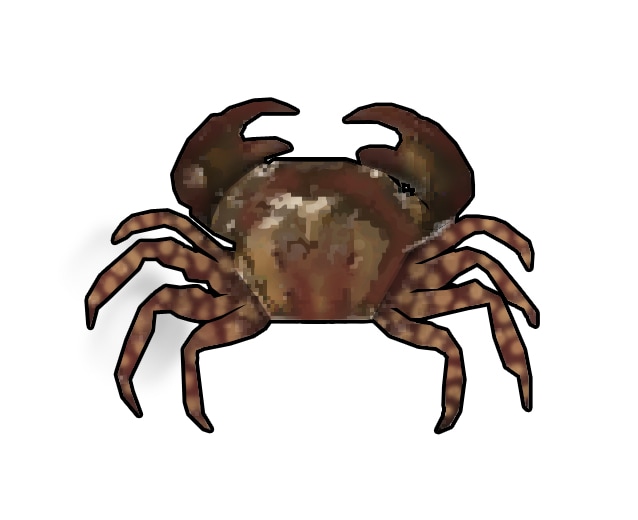|
Reconstructing the Invasion History of the Asian shorecrab Hemigrapsus sanguineus (De Haan 1835) in the Western Atlantic
Blakeslee AMH, Kamakukra Y, Onufrey J, Makino W, Urabe J, Park S, Keogh CL, Miller AW, Minton MS, Carlton JT, Mirua O Abstract. Numerous marine species have been introduced via anthropogenic vectors; however, many species, including highly abundant ones, have uncertain invasion histories. Here, we include the first large-scale population genetics study of the Asian shorecrab (Hemigrapsus sanguineus) in native (east Asia) and non-native (east USA) regions to help resolve questions of source, vector, and multiple introductions. Using a barcoding gene and six microsatellite loci, we analyzed 731 cytochrome oxidase I sequences and 500 microsatellites across 51 populations over two time periods, 2001–2002 and 2013–2014. Explorations of both genetic and historical data indicated that multiple introductions to USA are probable with the greatest genetic diversity concentrating around Long Island (near New York City). Analyses of ballast water flux and genetic data suggest that introductions from Japan via shipping are the likely source and pathway of introduction to USA. In particular, we found unexchanged ballast arriving to USA (notably New York region) from sources throughout Japan, including southern and northern areas where closer genetic connections to USA were detected. Western Europe was also a prominent source of unexchanged ballast, suggesting possible trans-Atlantic transfers. Altogether, extensive biogeographic studies like this help provide integral evidence for resolving key invasion history questions, as well as a baseline understanding of a species’ probable success and prospect for further spread. In turn, while mandatory ballast water exchange in USA has greatly lessened ballast-borne invasions, our study underscores that hotspots of unexchanged ballast can remain potential sources of novel or supplemental introductions worldwide. Comments are closed.
|
|
